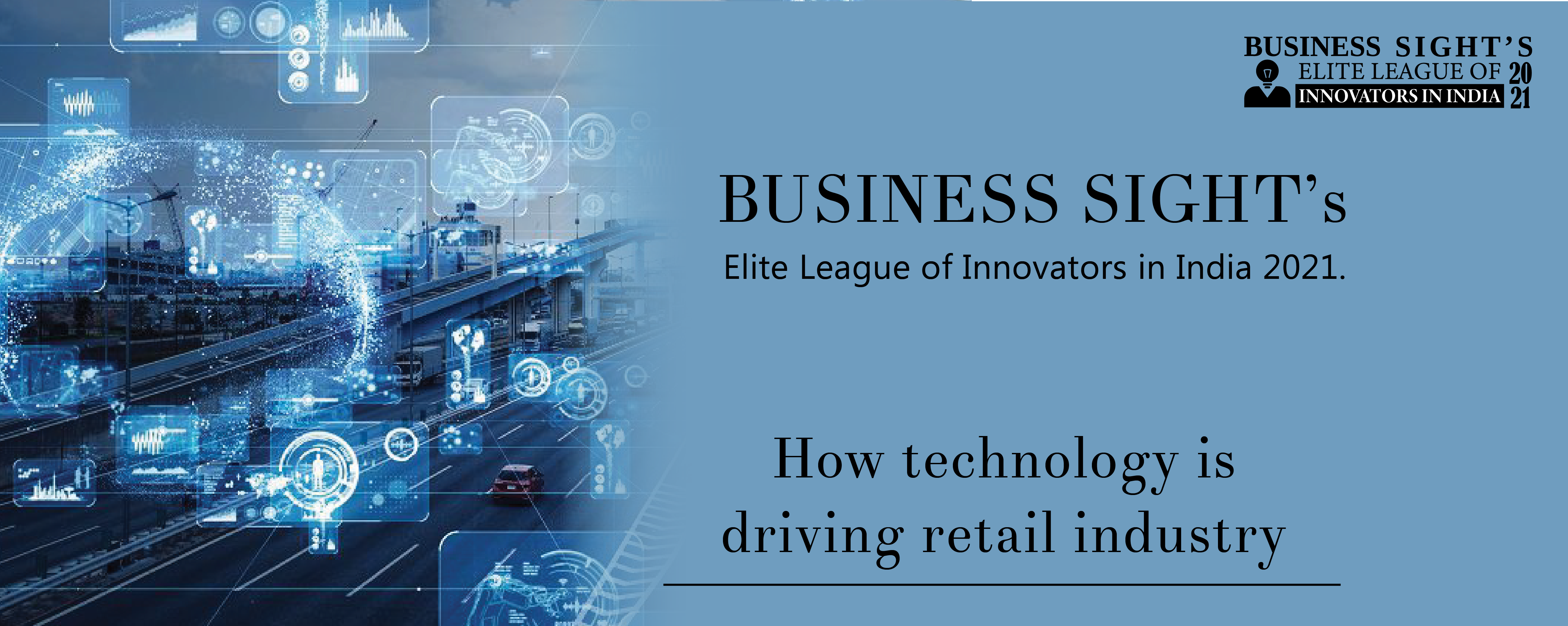Home automation – What, Why and How ?
As tech-savvy and obscure as the term “home automation” may sound to some of us, it is essentially a popular buzz-word of 2018. Here’s everything you need to know about automated homes or “smart homes.” Read on.
Home automation explanation :
Home automation describes a system of networked, controllable devices that work together to make a home more comfortable, customized, efficient, and secure. A smart home anticipates all your needs, from creature comfort to security. Its actualization is based on the idea that communication signals can be sent between devices through a technology called Internet of Things to make appliances work. For example, you can simply press a button on your smartphone or send a command to voice controlled devices (like Alexa/ Google Home) to have a device turned on or off in a smart home.
The machinery of home automation lies upon two base concepts-
- Automation – the ability of devices to be programmed to turn on and off on their own, complementing the day-to-day events. This programming may include time-related commands, such as having your coffee brewed in the coffee-maker at specific times each day, or include non-scheduled events, such as turning on all the lights in your home when the security alarm is triggered.
- Remote control – the ability of devices to be controlled from a distance. Home automation comes in with hands-on control, offering access to all the connected devices. From arming and disarming your security system to locking and unlocking doors, resetting the thermostat and adjusting the lights, you can do all through a single network, from anywhere in the world.
The fettle of automation today is indeed a remarkable artisanship of the most excelled engineers of the world which have foundational grounds of primitive labor-saving machines like water heaters, refrigerators etc.
According to Li et al. (2016), there are three generations of home automation-
- First generation: wireless technology with a proxy server, like ZigBee
- Second generation: artificial intelligence that controls electrical devices, like Amazon Echo
- Third generation: robot buddy that interacts with humans, like Robot Rovio and Roomba.
Various technologies can be used to actualize a smart home. Some use your existing home power lines, some using radio frequency (RF), some using Wi-Fi, while others use a combination of these.
Home automation typically connects the controlled devices to a central hub or “gateway” from where all of them are monitored. The user interface of the system uses either wall-mounted terminals, tablet or house computers, a mobile phone application, or a web interface, that may also be accessible off-site through the Internet. Though most modern and handy UI remains a mobile applications (like Insteon, Nest, Honeywell, Ring, Philips Hue, WeMo, and SmartThings)that allow access to the home devices from anywhere in the world.
Perks
Whenever you think of home automation, you imagine a house that is customized just according to the routine and requirements of its residents, but what (and what not) is explicitly included in it and what are the boundaries of possibilities of a smart home? Read on to find out –
- Lights – turn on/off or dim the lights from anywhere. Not just this, customize the number of lights and illumination level for different situations – for example, you can set up a party mode, dinner mode or sleep mode and turn them on accordingly.
- Occupancy awareness – always know about the number of people currently present in the house with devices smart meters and CO2 sensors which are a part of most automation systems. You can also set up automatic responses for every time someone enters the house.
- Appliance control and integration – know the current status and control all the connected devices on the go. You can also integrate devices for novel results, like taking advantage of high solar panel output in the daytime to run washing machines.
- Security – lock all the perimeter doors and windows of the house from wherever you are and get remote surveillance of security cameras over the Internet. Also, customize the house according to your security purposes.
- Notifications – get notified whenever a leak, smoke or CO detector is activated.
- Care – track down babies, pets, elderly and disabled inside the house for better nurturing and care.
Air quality control – monitor the air quality and check pollution inside the house easily. - Smart Kitchen and Connected Cooking – Use voice control devices or mobile apps to manage coffee machines, ovens, and other kitchen appliances.
Snags
Every technology breakthrough comes with certain pros and cons. Here are the snags of home automation –
- A Wi-Fi connected to the internet is vulnerable to hacking.
- Technology is still in its infancy, and consumers could invest in a system that may become abandonware soon. For example, servers of Revolv Hub home automation were shut down in 2016 rendering the hardware useless.
- It involves a high cost of ownership, inflexibility of interconnected devices, and poor manageability.
Closure
Although it comes with some pitfalls, home automation is a cutting-edge technology that hikes convenience, safety, energy efficiency, and fun in your daily chores. Consumers are gradually discovering that home automation, far from being the purview of only the commercial buildings and the highest-end homes, has a little something to offer to everyone.

















